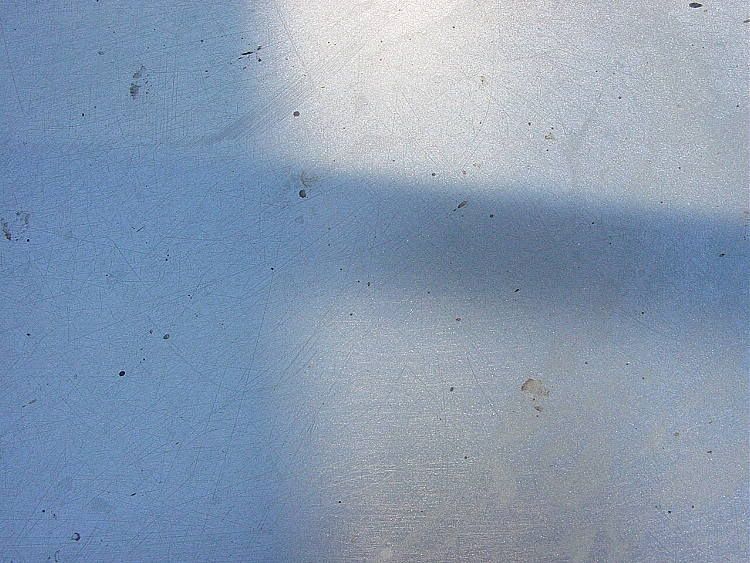JasonD
New member
This is for everyone wondering what this looks like. If your hood looks like this, then you have been plagued with cc failure.






Follow along with the video below to see how to install our site as a web app on your home screen.
Note: This feature may not be available in some browsers.



bunmango said:In your other thread, scottwax mentioned that this was lacquer checking - is there a correlation between lacquer checking and clearcoat failure? I was always under the impression that clearcoat failure = your clearcoat peeling off
LostSheepSquad said:how would you go about correcting this? or at least delaying complete failure and minimizing the looks of it. i'm afriad i have very early onset cc failure? are there any specific products or is it a wet sand job?
GSRstilez said:From a Lexus I did today...

It was a repaint and the owner is seeking restitution to the problem.
